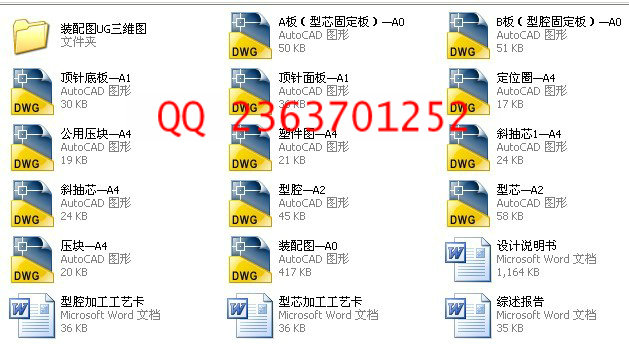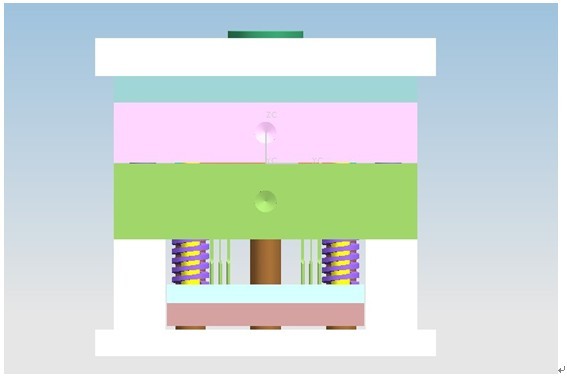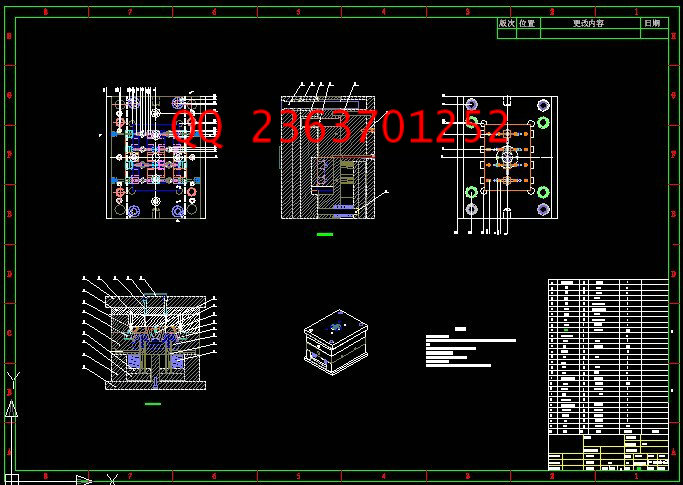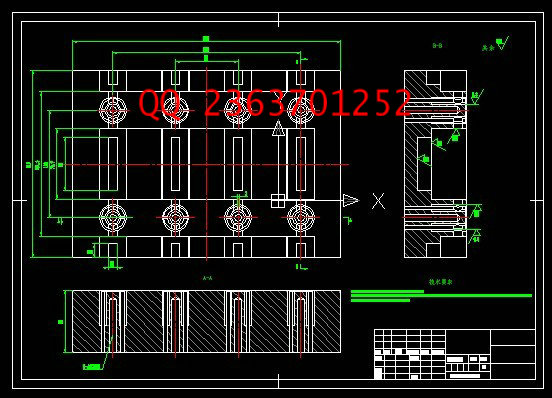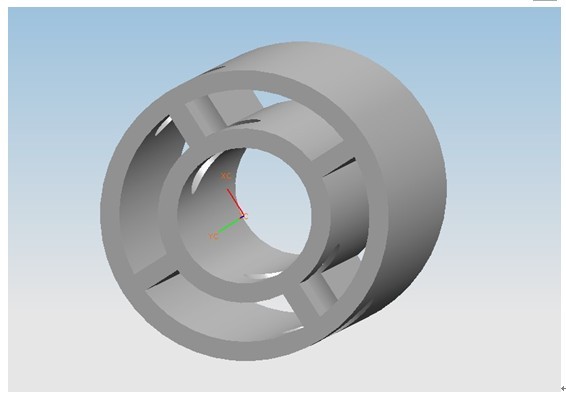|
设计描述:
文档包括:
设计word版本说明书一份,共46页,约15000字
型腔加工工艺卡。
型芯加工工艺卡。
综述报告。
UG三维图
CAD版本图纸,共13张
摘 要
注塑成型是塑件生产最常用的方法之一。本设计通过注塑模具产品,利用实体模型测量产品的尺寸,对实体进行建模,并对塑件的材料和塑件结构进行分析,并对塑件的模具进行设计,包括塑件成品的设计、工艺参数的分析与计算、工作部分的设计、模具结构的设计和加工方案的制定,确定塑件的最佳浇注位置,并通过实际情况进行调整,从而得到对实际生产来说最合理的浇注位置。在确定模具型腔数目后,分析产品的气穴、熔接痕、充填时间、充填结束时的体积温度、流动前沿处的温度、速度/时间转换点压力、充填结束时的压力、注射位置处压力等,可确定注塑模具的合理性。最后本运用ug 4.0及其EMX4.1模块来完成模具整体设计工作。
关键词:模具设计;UG4.0;
Abstract
Plastic shaping be used in common for plastic products to manufacture.Basing on the actual plastic products of electric blanket, the designer uses the actual model to measure the product, creates a model for the actual product and making an analysis to the materials and structure of the product. Designs the plastic mould, including the design of plastic finished product, analysis and account of craft parameter, the design of work piece, mould structure and the processing project. The designer focuses on the design and account work of parting-surface and slide. Using the designer uses Moldflow Plastics Insight 6.1 to make an analysis of the product,deciding the best location. And making a increase Basing on actuality to get the best effect . After deciding the number of cavity for mold ,using Moldflow Plastics Insight 6.1 to make an analysis for air pocket,weld lines,fillingtime,bulk temperatures of sandouting,temperature at flow front,pressure at V/P switchover point,screen out pressure,pressure at injected location and so on, to sure the rationality of mould design. The last using Pro-Engineer4.0 and EMX4.1 module is applied to the whole design.
Keywords: mould design;UG4.0; plastic products of electric blanket
目 录
引言…………………………………………………………………………………2
第一章 设计任务与流程…………………………………………….………..….3
1.1毕业设计任务…………………………………………………………………..3
1.2注塑模具设计的流程…………………………………………………………..3
第二章 塑件成品、注塑模具设计与构型…………………………………...….5
2.1 概述…………………………………………………………………………….5
2.2 模具设计环境和应用软件…………………………………………………….5
2.2.1 UG4.0……………………………………………………………………5
2.2.2 AutoCAD………………………………………………………………..5
2.3零件的三维图和二维工程图建模………………………………...…………..5
2.3.1零件的立体图建模……………………………………………………..5
2.3.2零件的二维工程图绘制………………………………………………..6
2.4塑件的基本数据…………………………………...…………………………..6
2.4.1塑件塑料品种的确定…………………………………………………..6
2.4.2塑件材质………………………………………………………………..6
2.4.3塑件体积与质量………………………………………………………..9
2.4.4塑件图及其尺寸公差…………………………………………………..9
2.4.5分型面及排气形式的确定………………………………………….....10
2.4.6型腔数的确定与型腔的分布………………………………………….11
第三章 分析设计与计算…………………………………...…………………...12
3.1浇注系统的设计…………………………………………………...………….12
3.1.1主流道设计………………………………………………...…………..13
3.1.2 浇口的设计……………………………………………………...…….19
3.2 成型方案…………………………………………………………………...…26
3.2.1 成型部分的设计……………………………………...……………….26
3.2.2 成型零部件结构设计……………………………………...………….27
3.2.3 成型零部件工作尺寸计算………………………………………..…..28
3.3 导向机构设计…………………………………………………………...……29
3.3.1 合模导向机构………………………………………...……………….29
3.4 脱模机构设计……………………………………………………...…………30
3.4.1 推杆脱模机构设计……………………………………………………30
3.5 冷却系统的计算……………………………………………………………...31
3.6 注塑机相关参数的校核…………………………………………………...…34
3.7 模架形式及规格…………………………………………………………...…37
3.8模具装配图与零件图的绘制……………………………………………..…..38
结 论…………………………….…………………………………...…………..39
参考文献……………………………………………………………..……………40
谢 辞…………………………………………………..…………………………41
附 图……………………………………………...……………………………...42
| 



